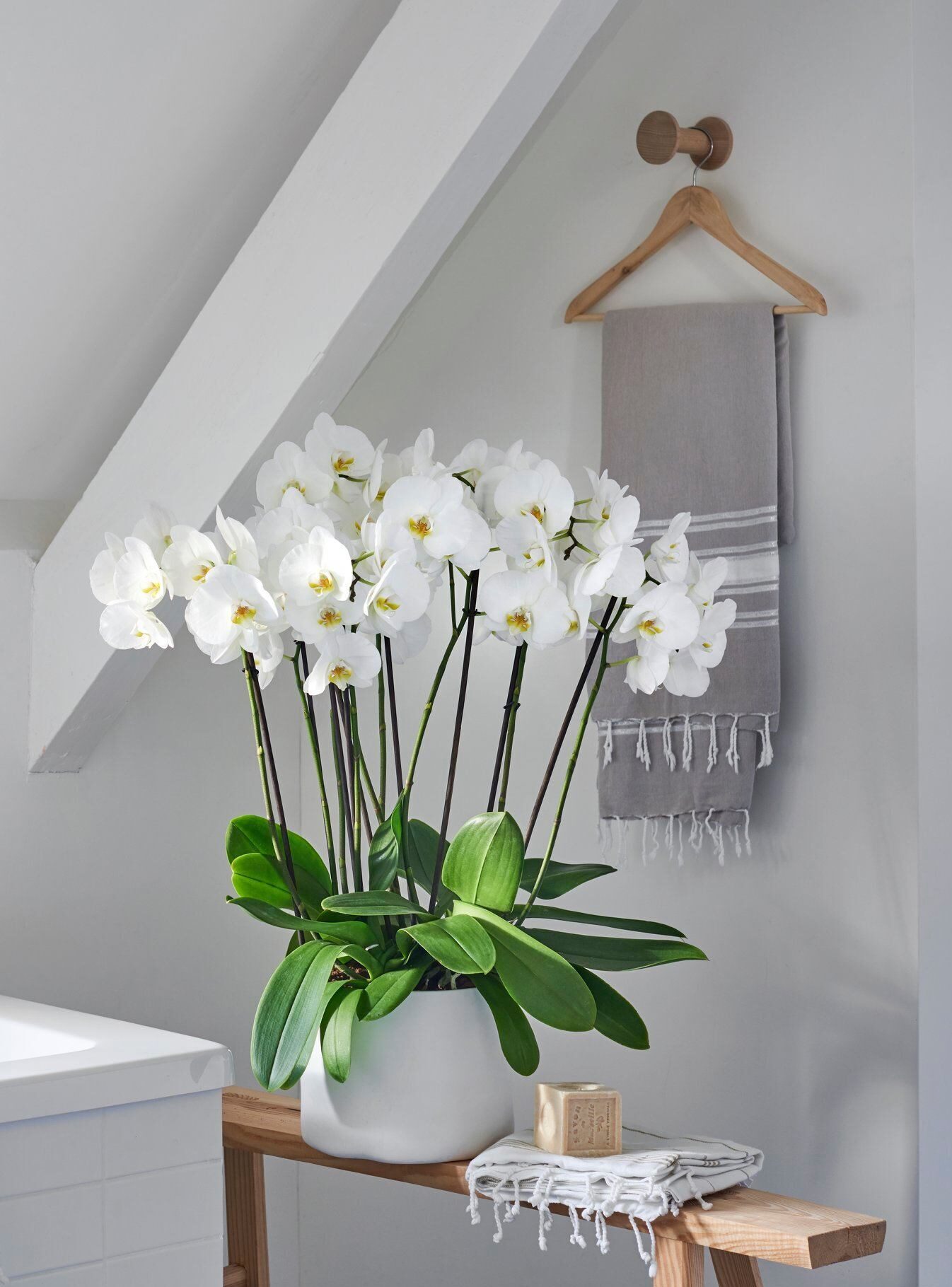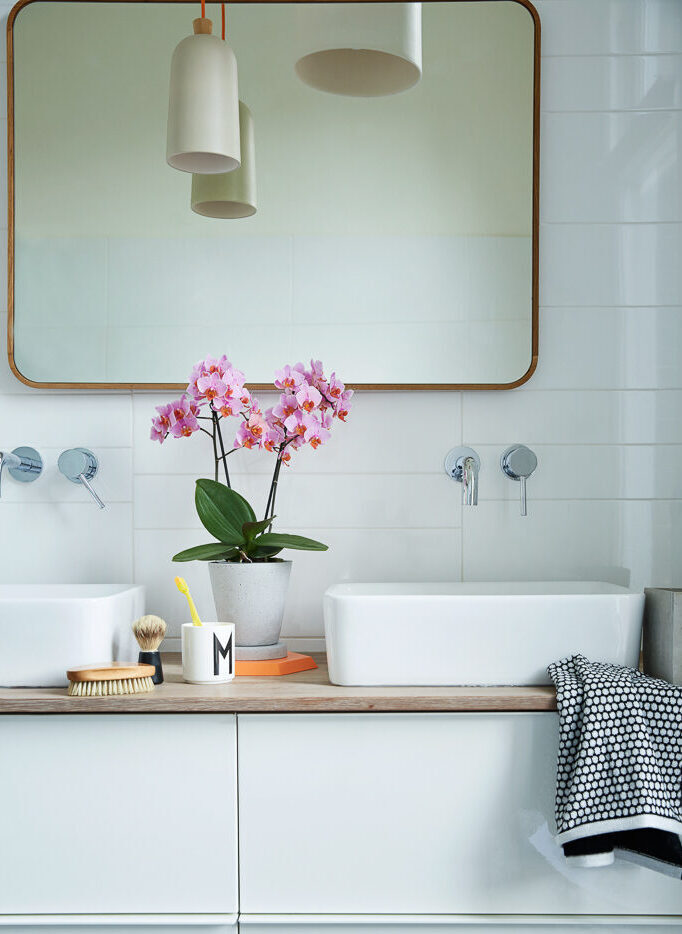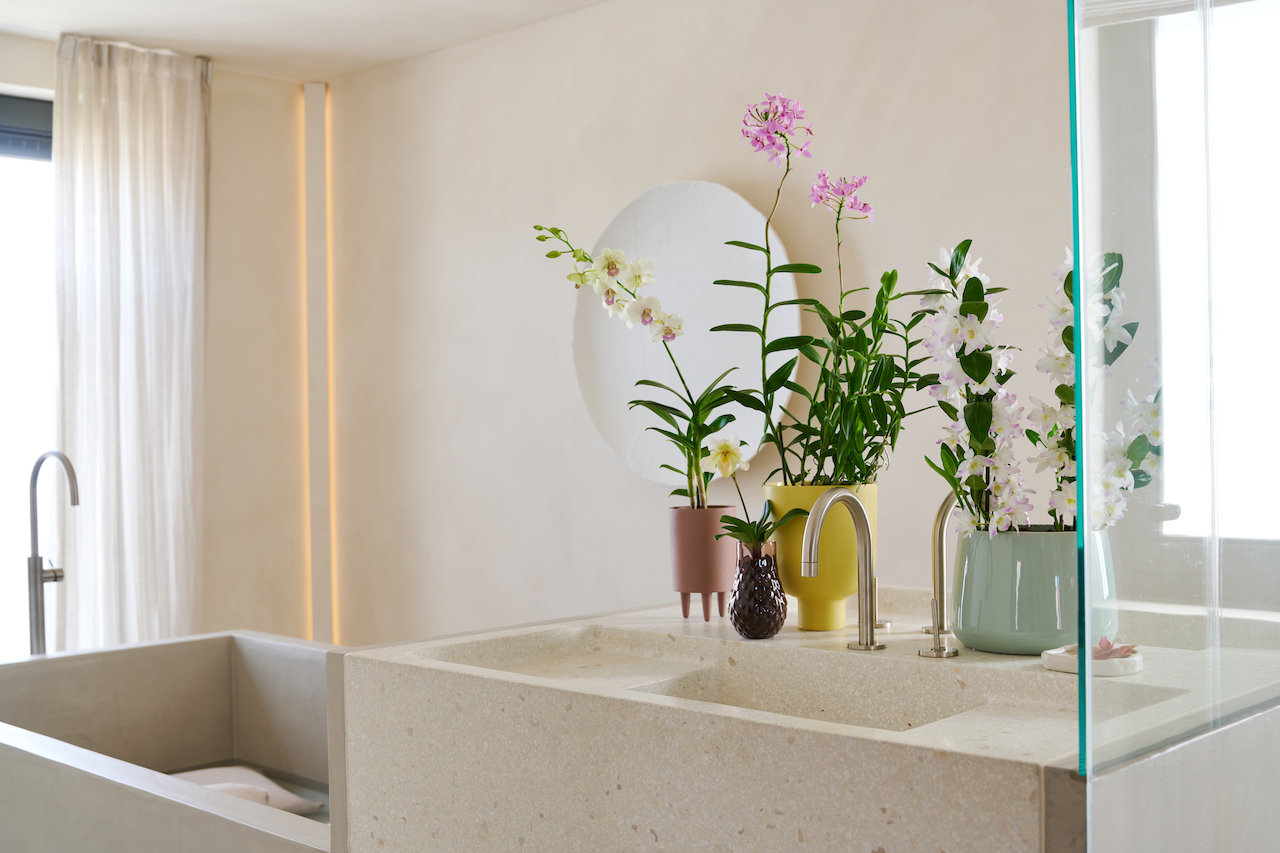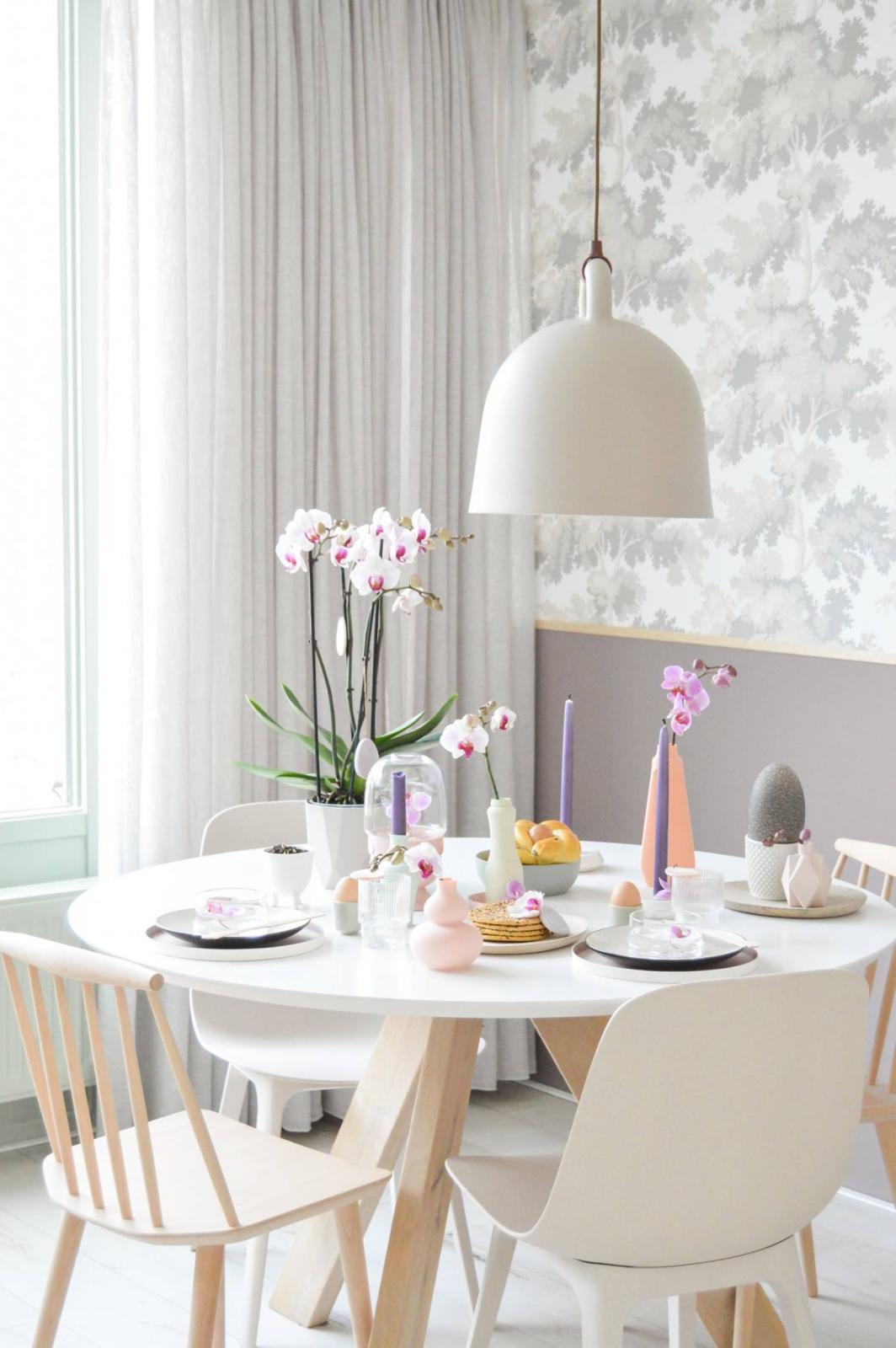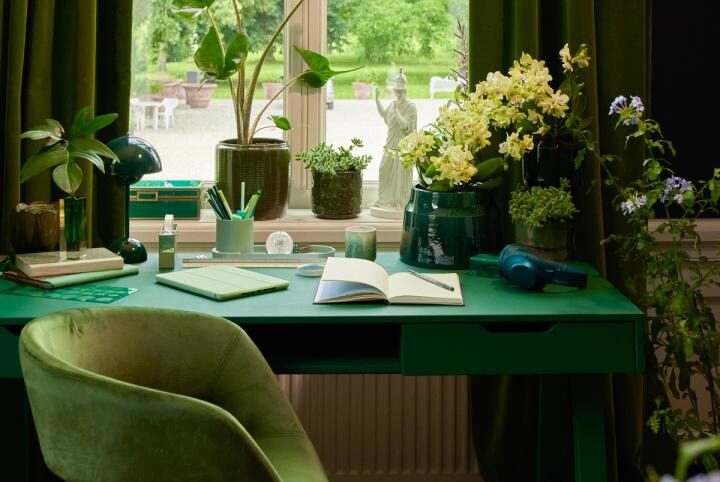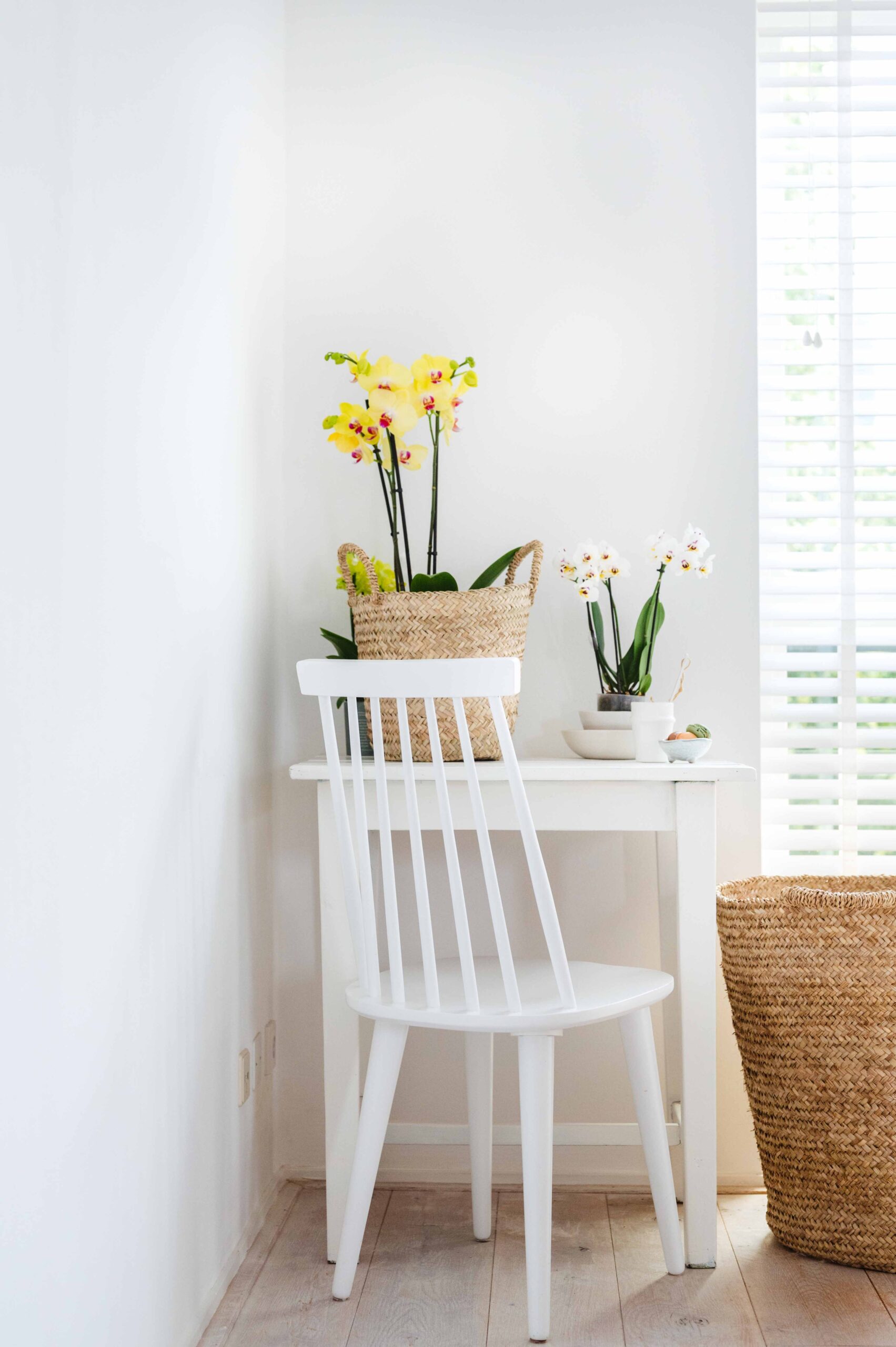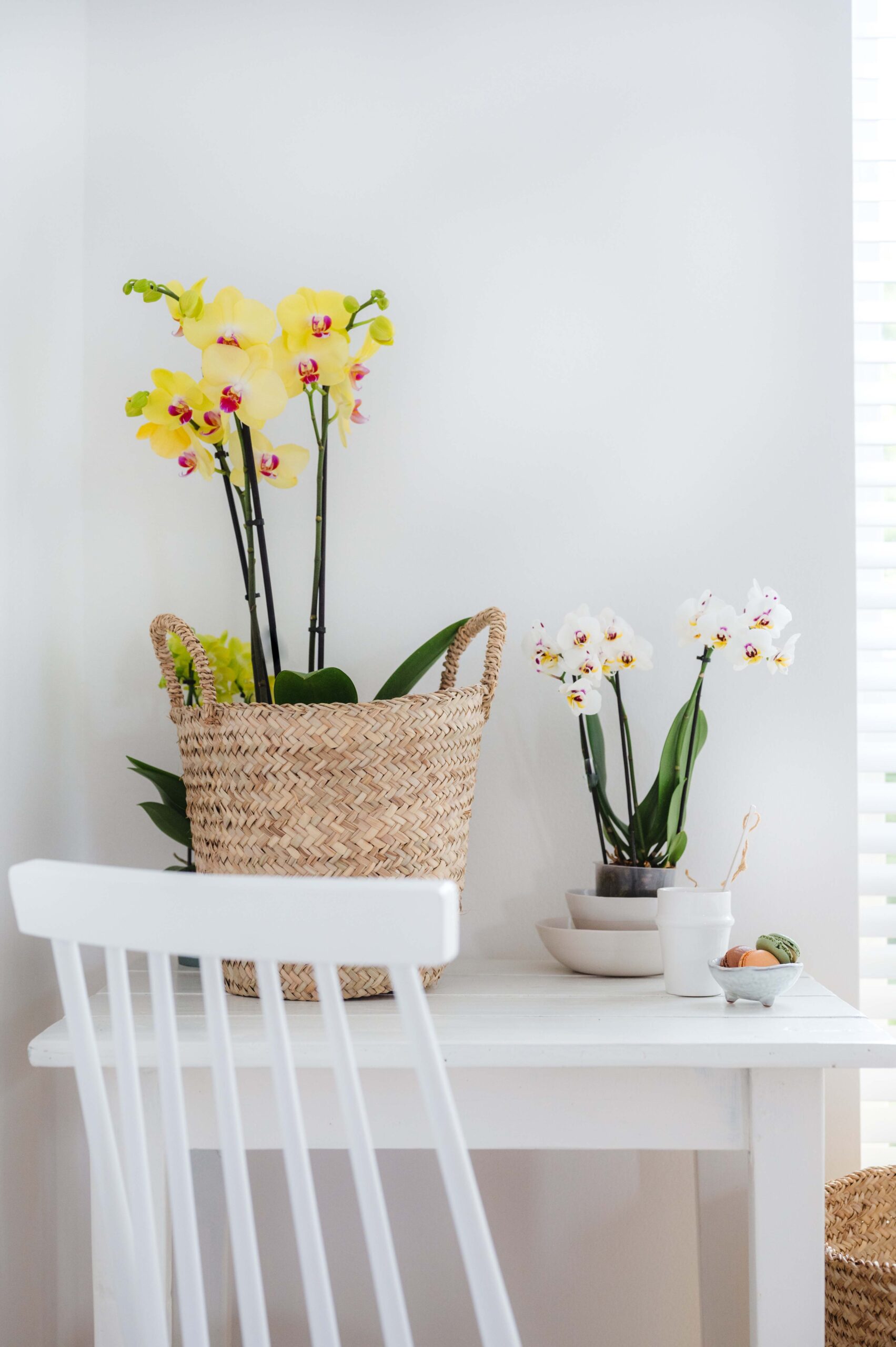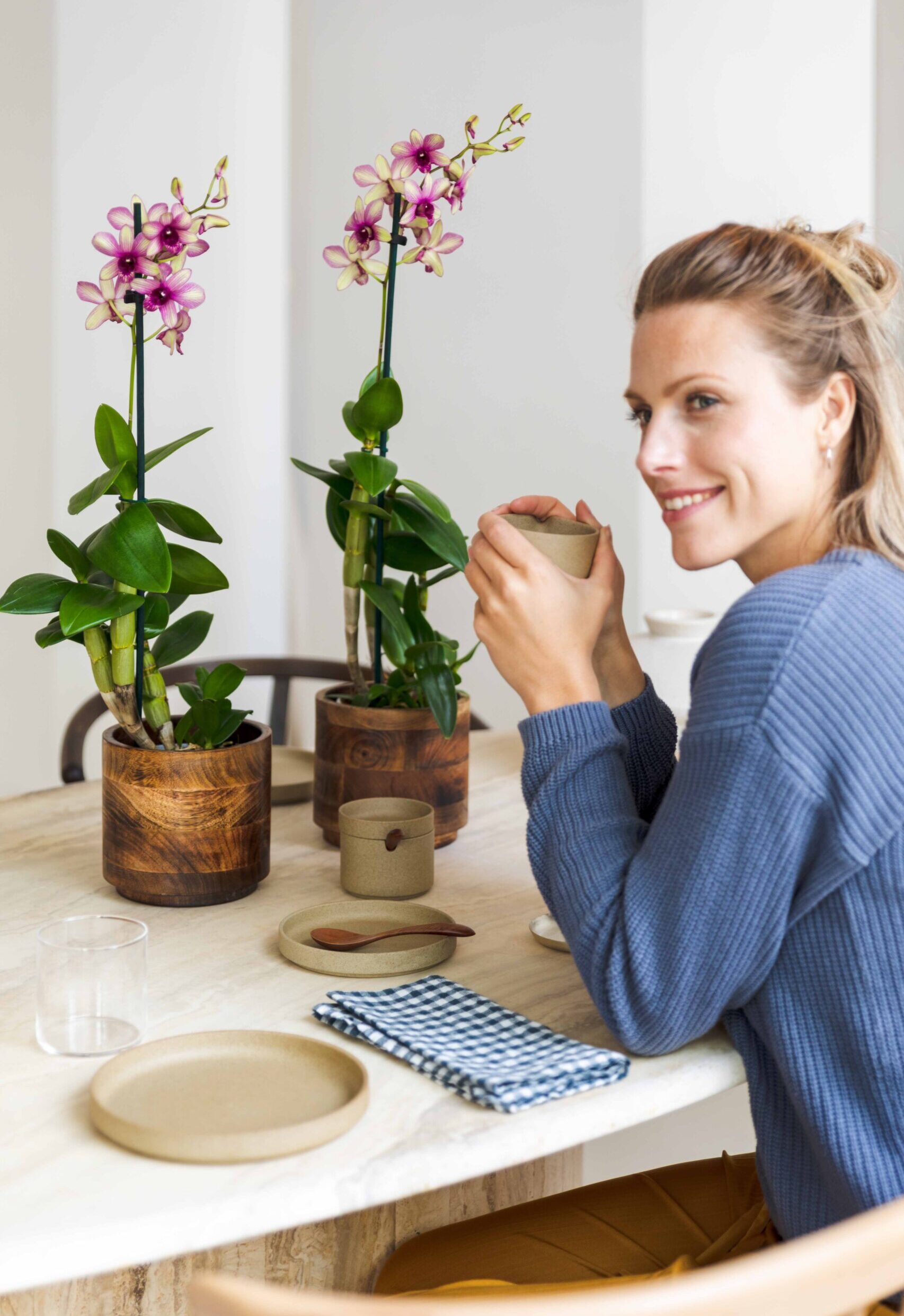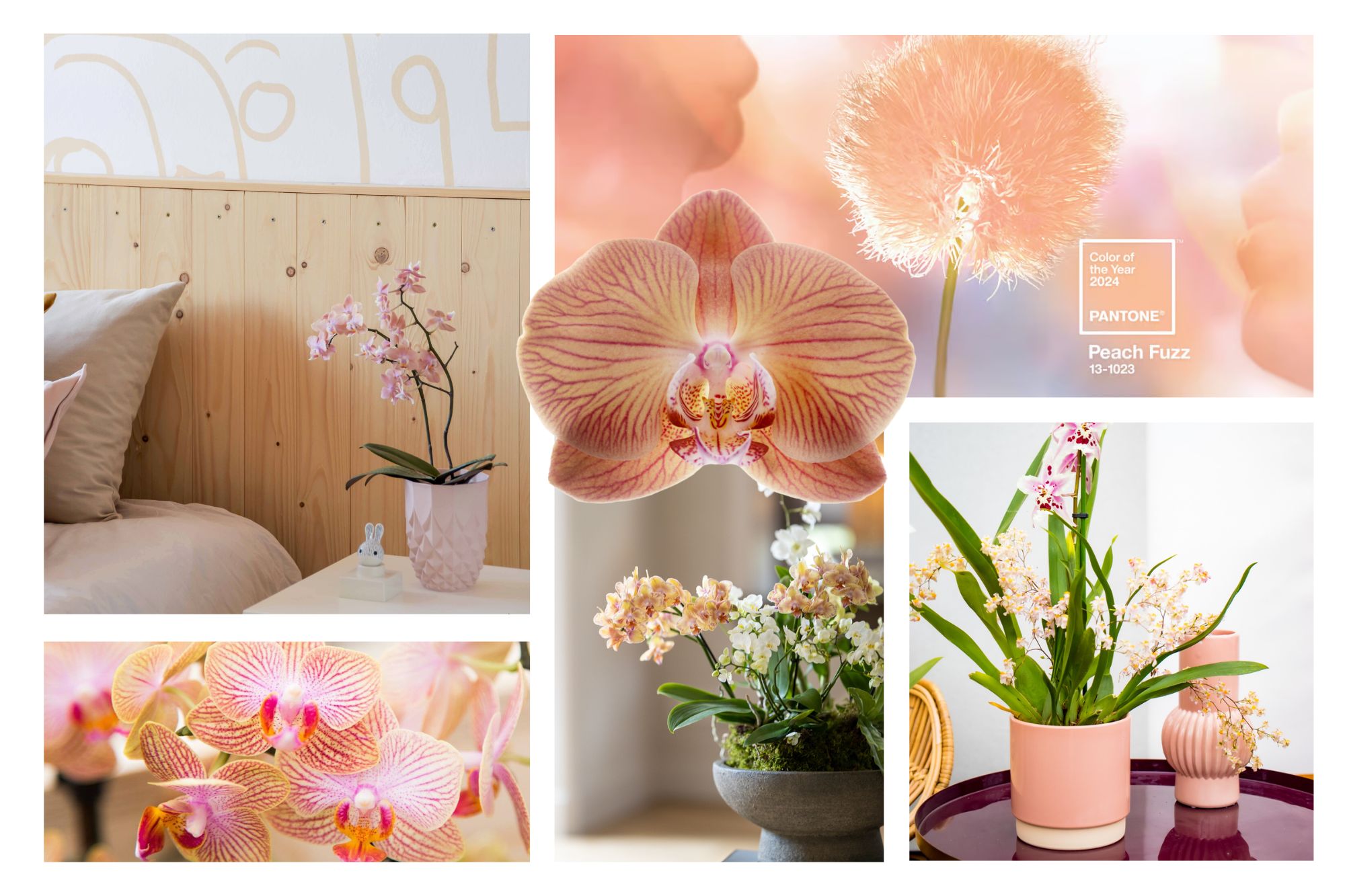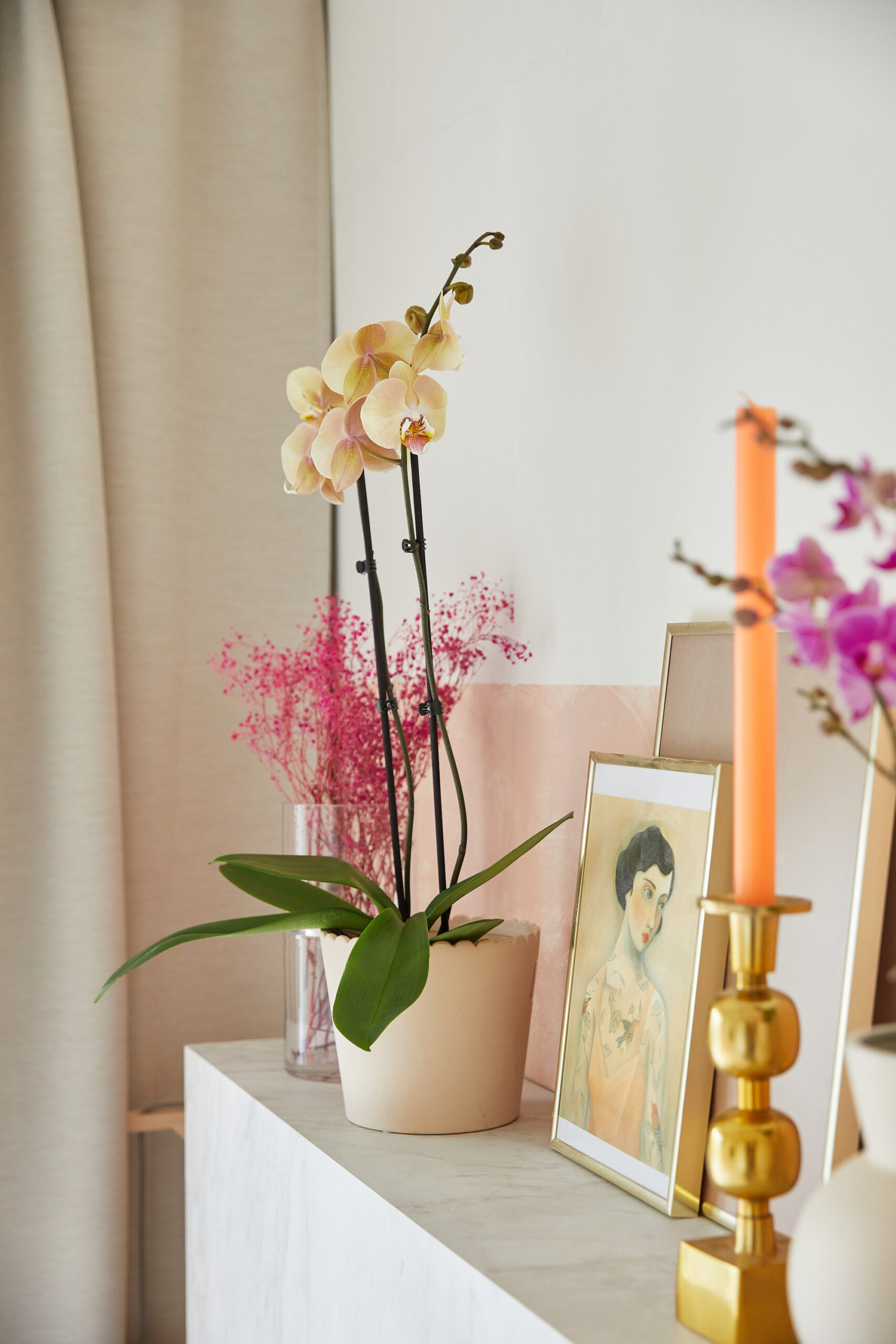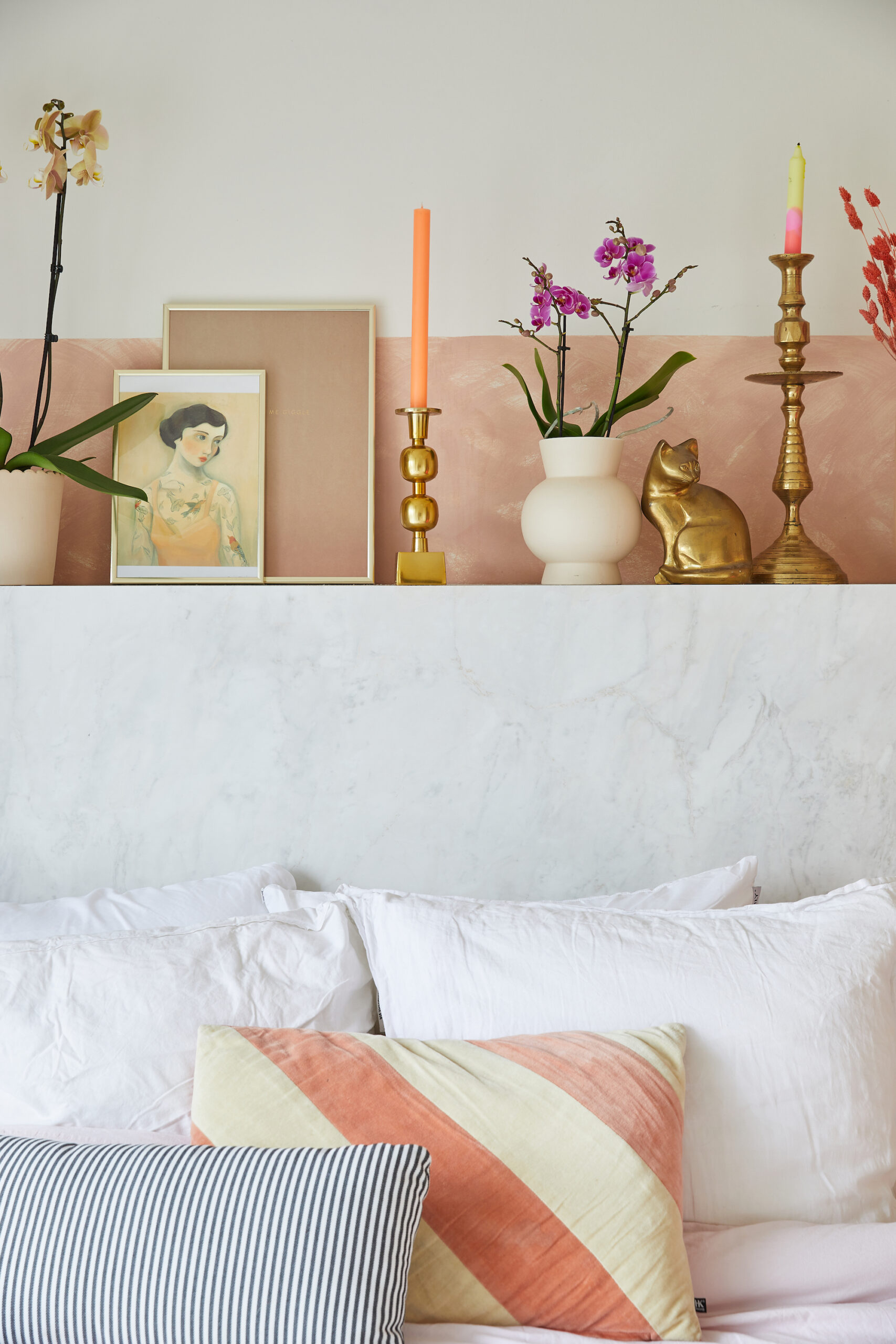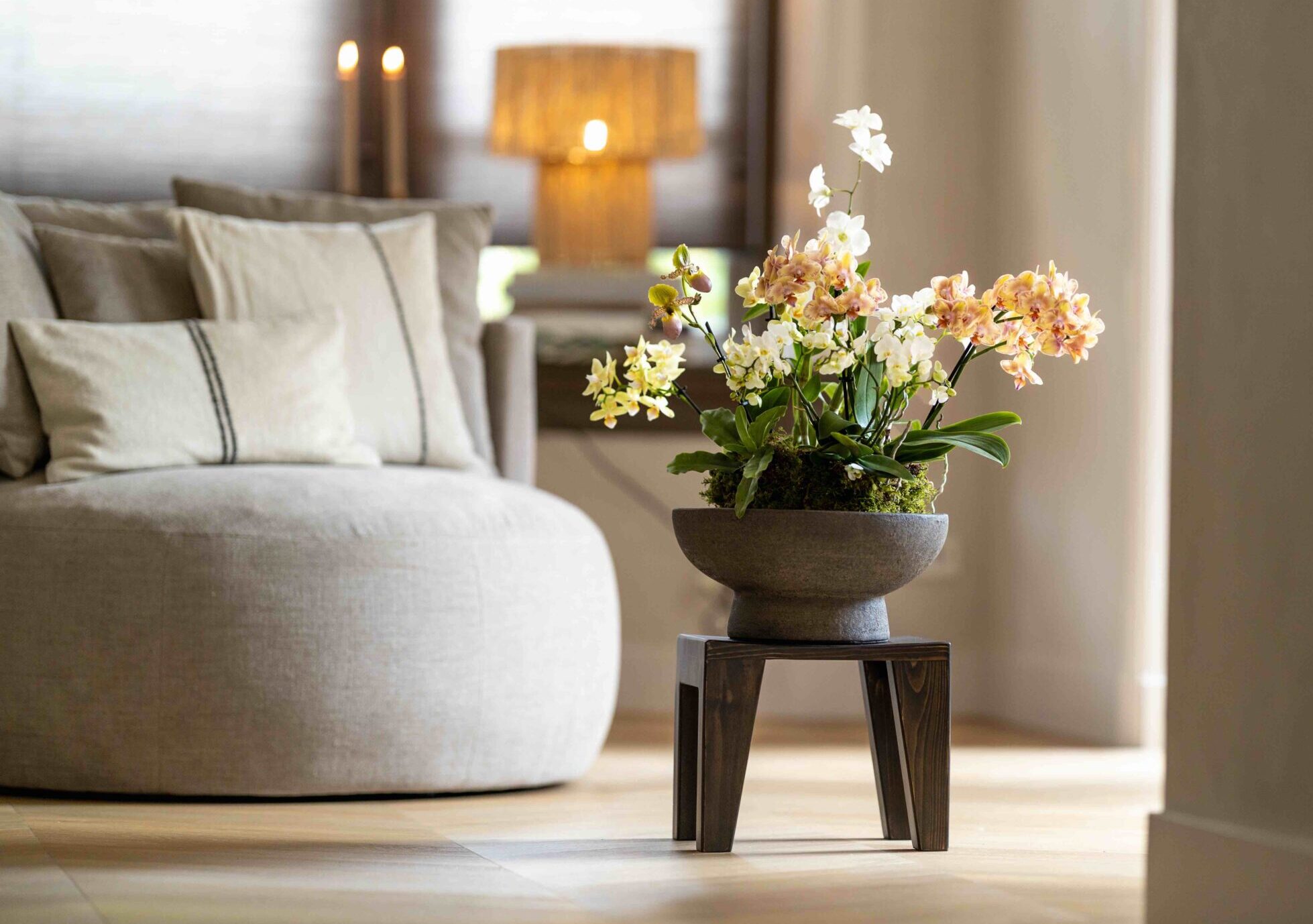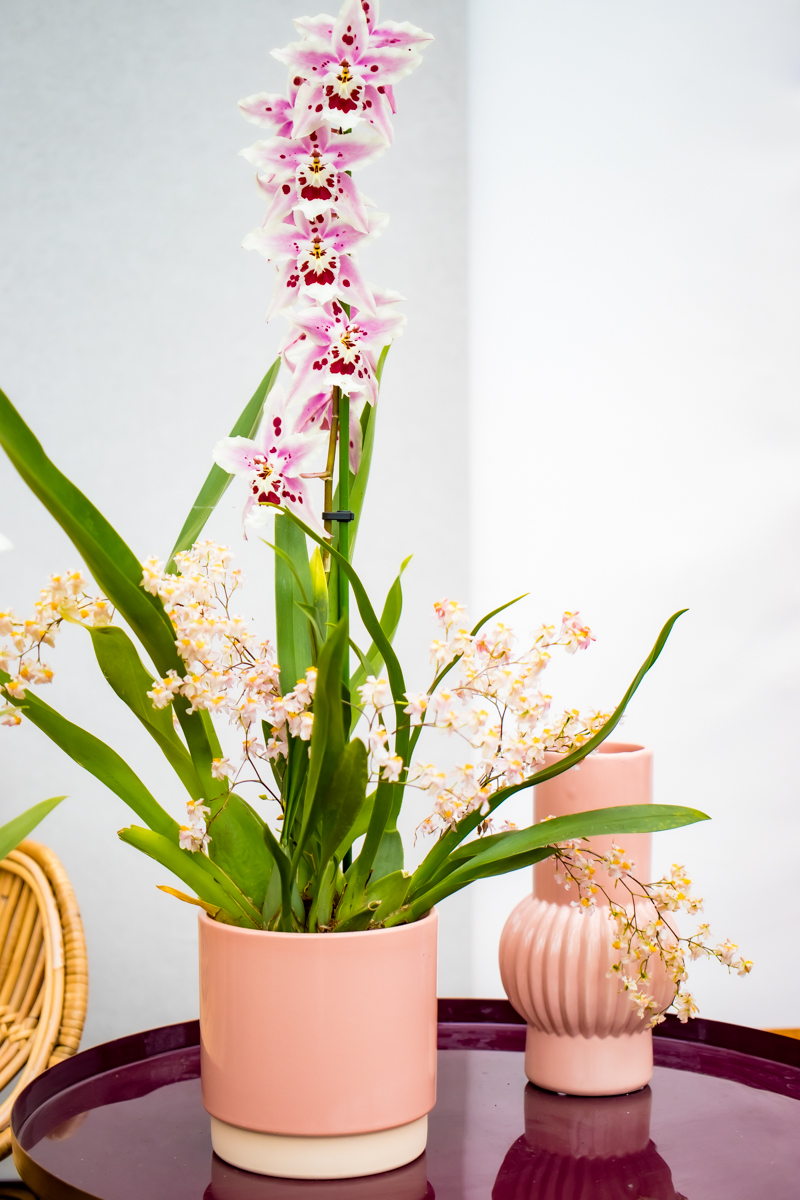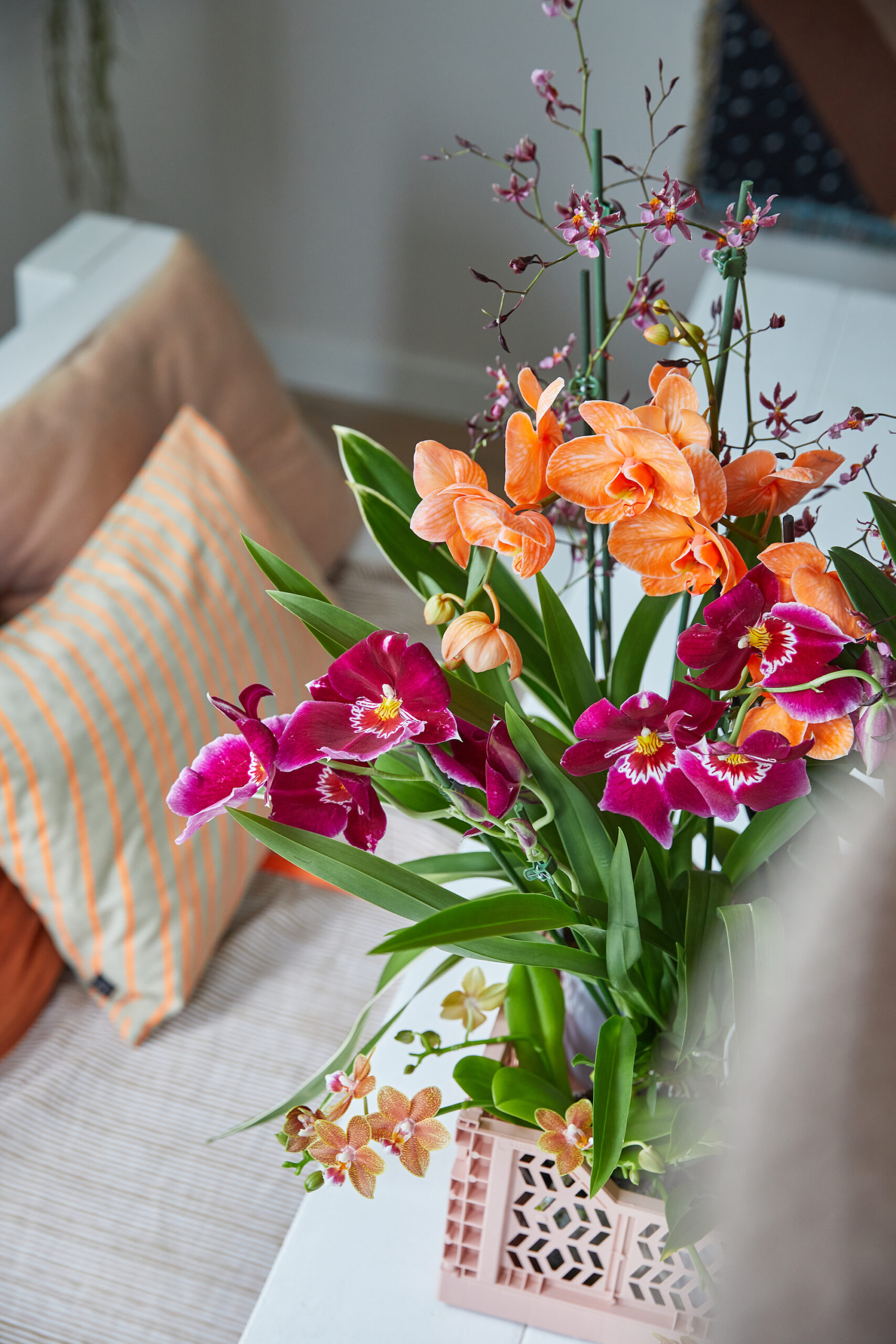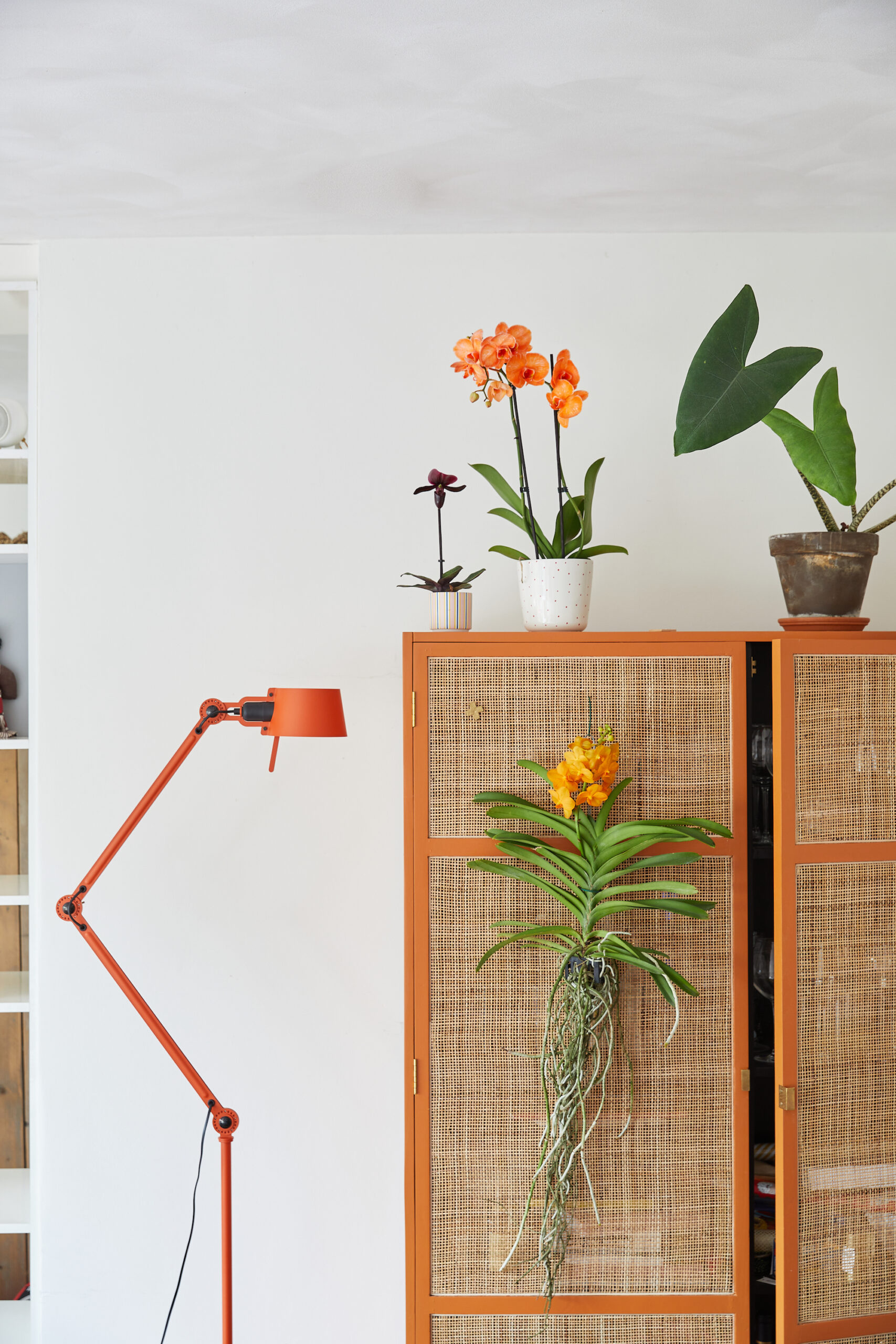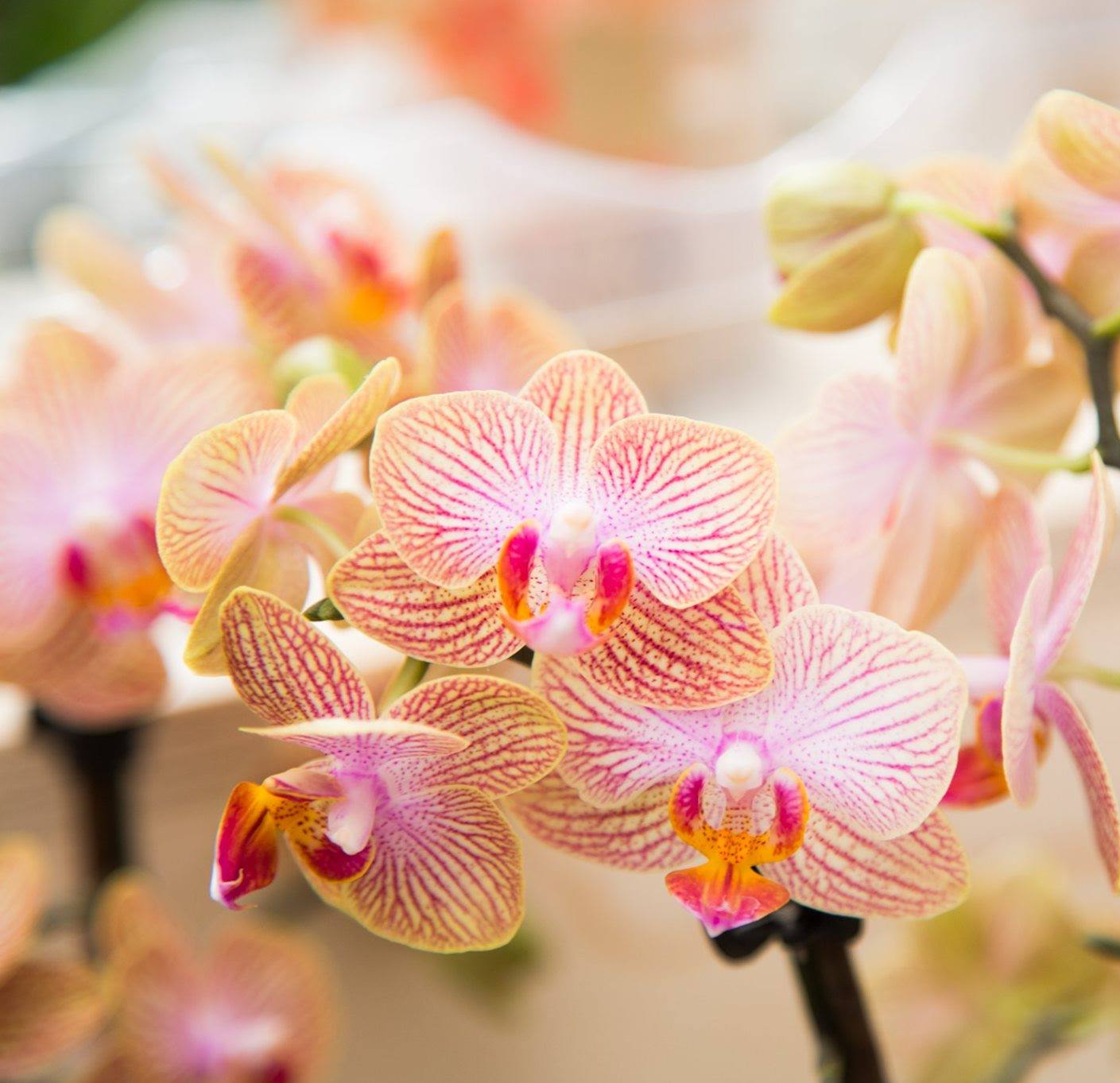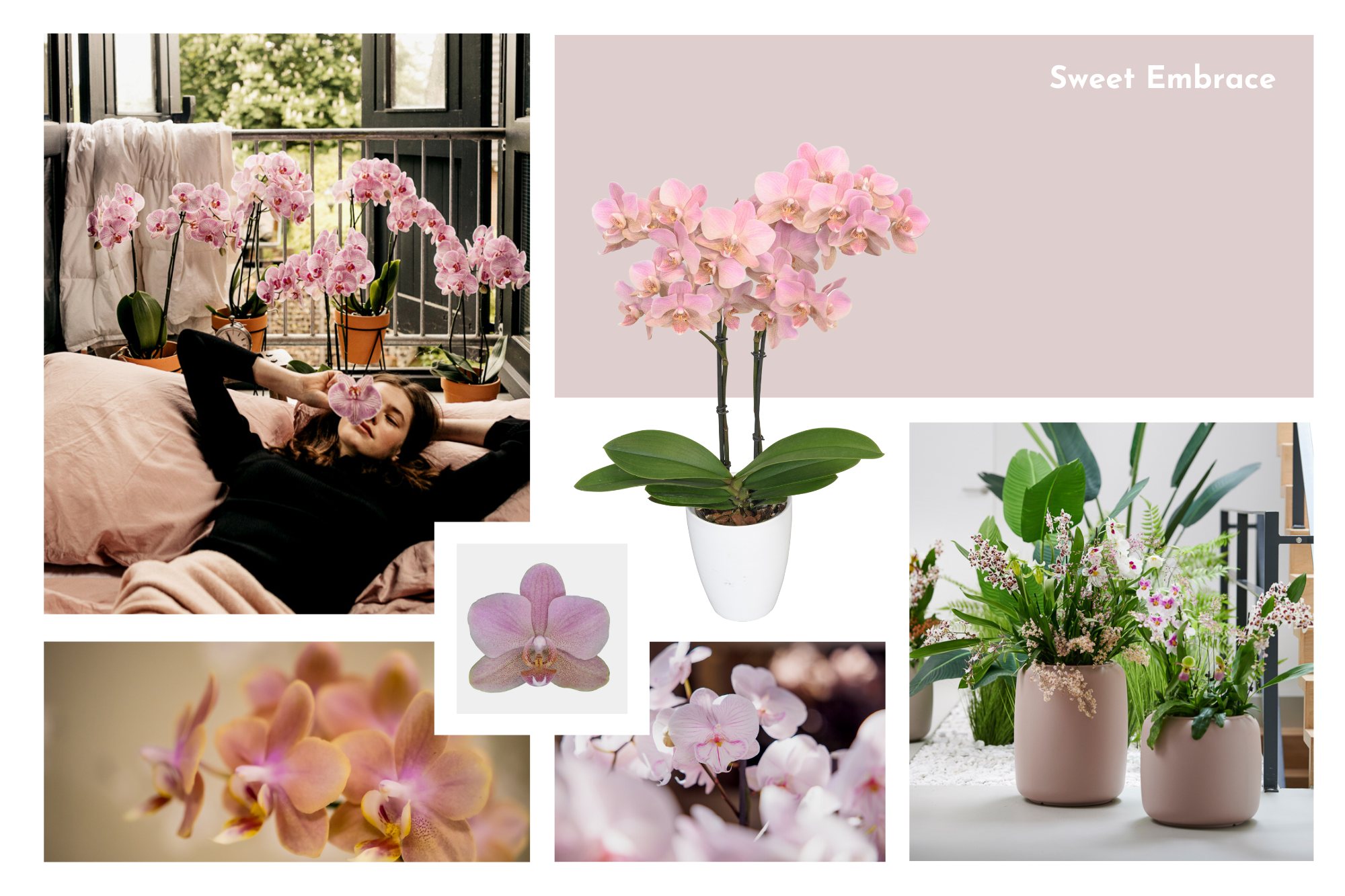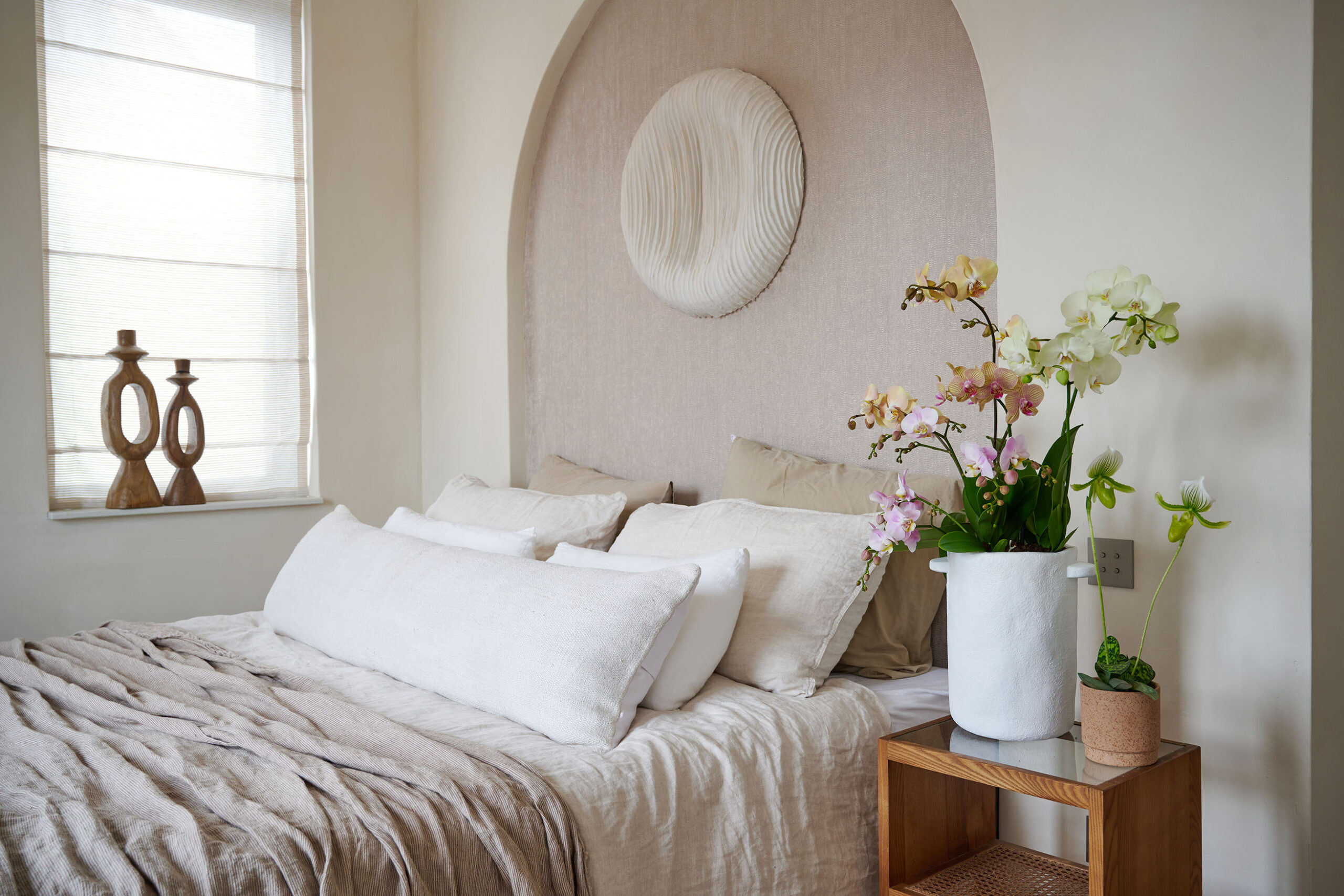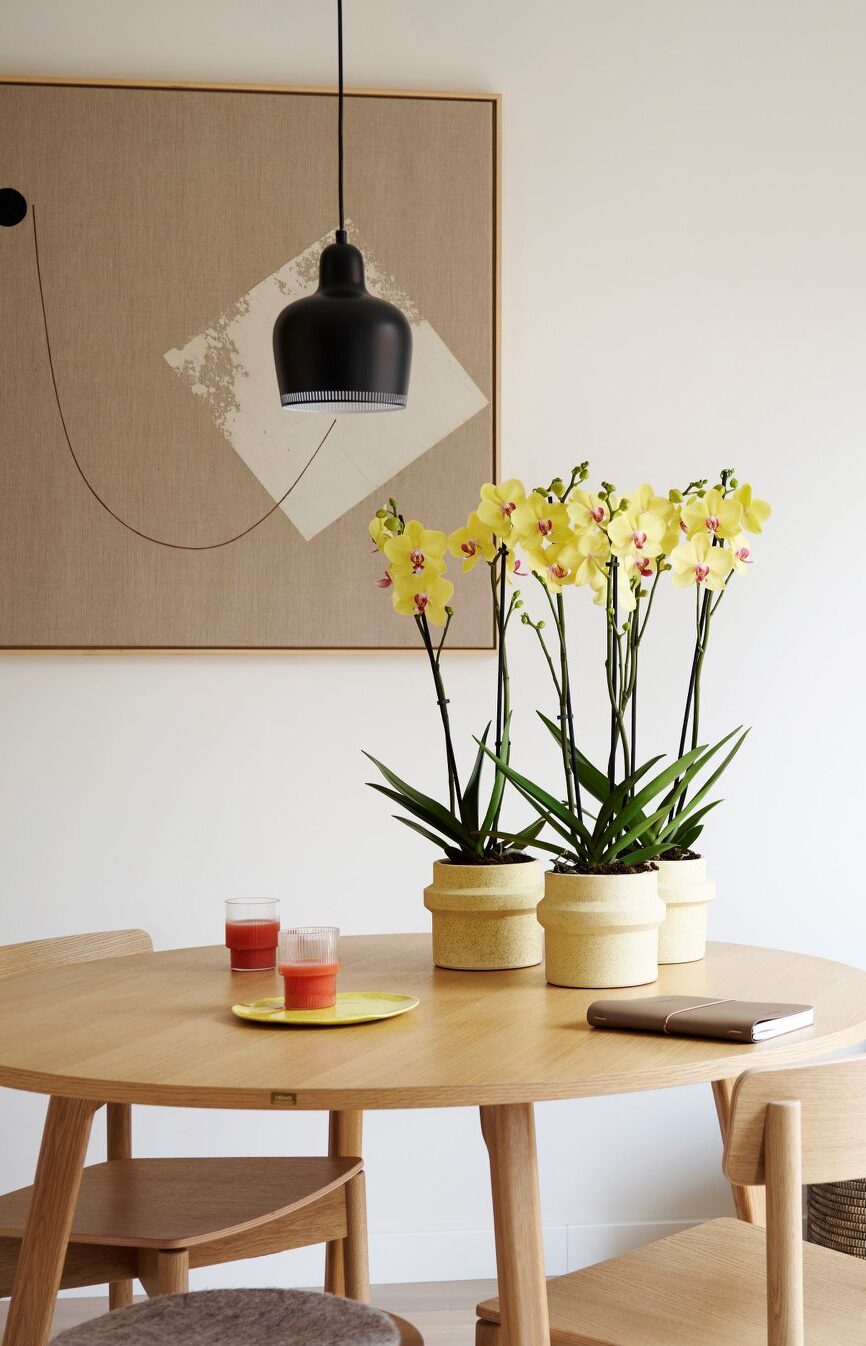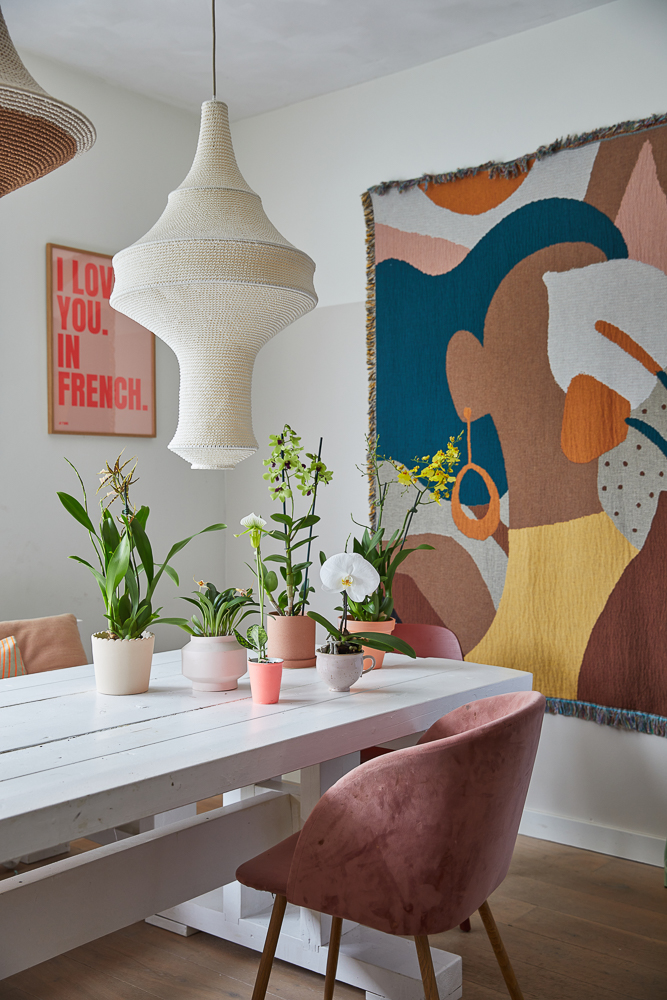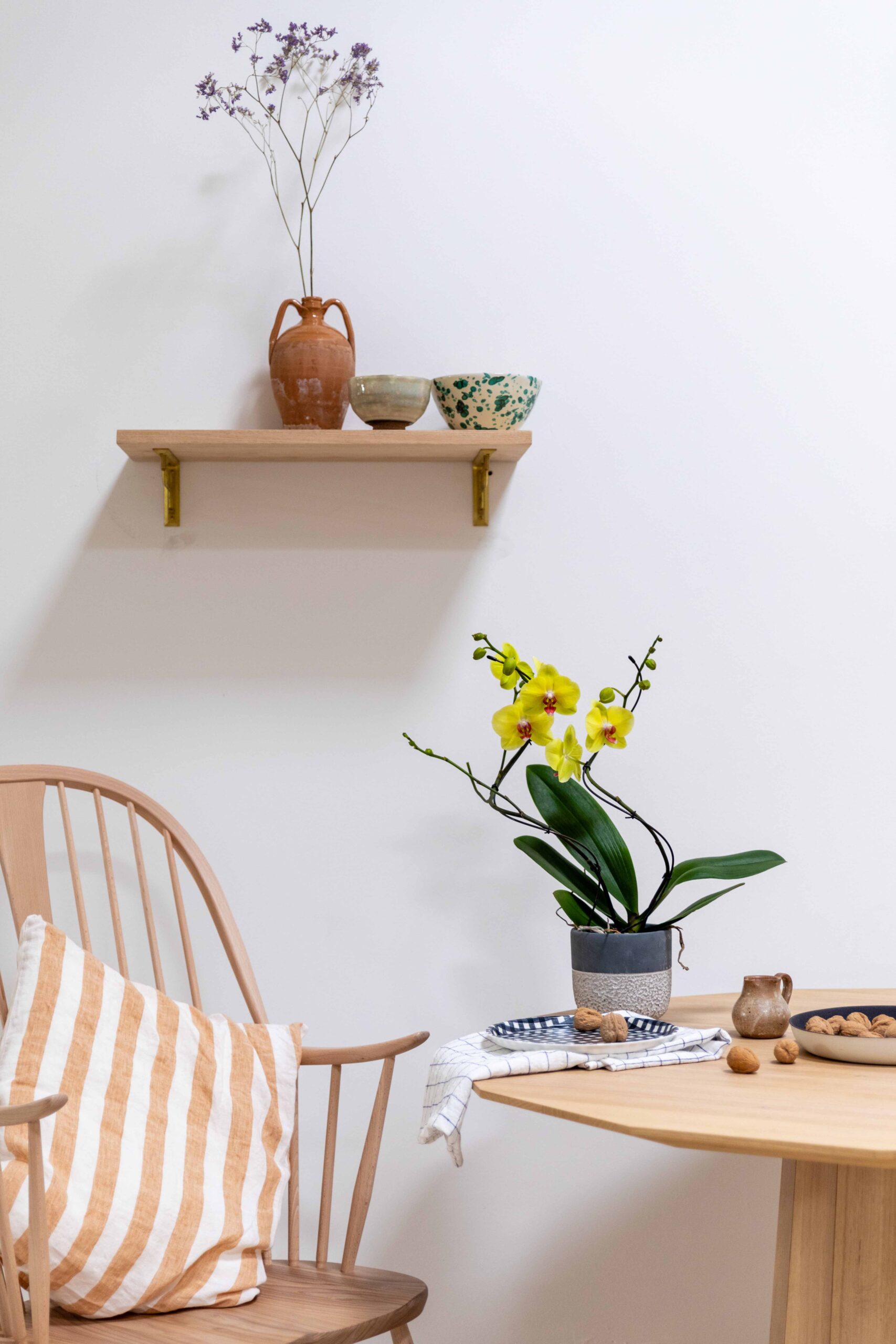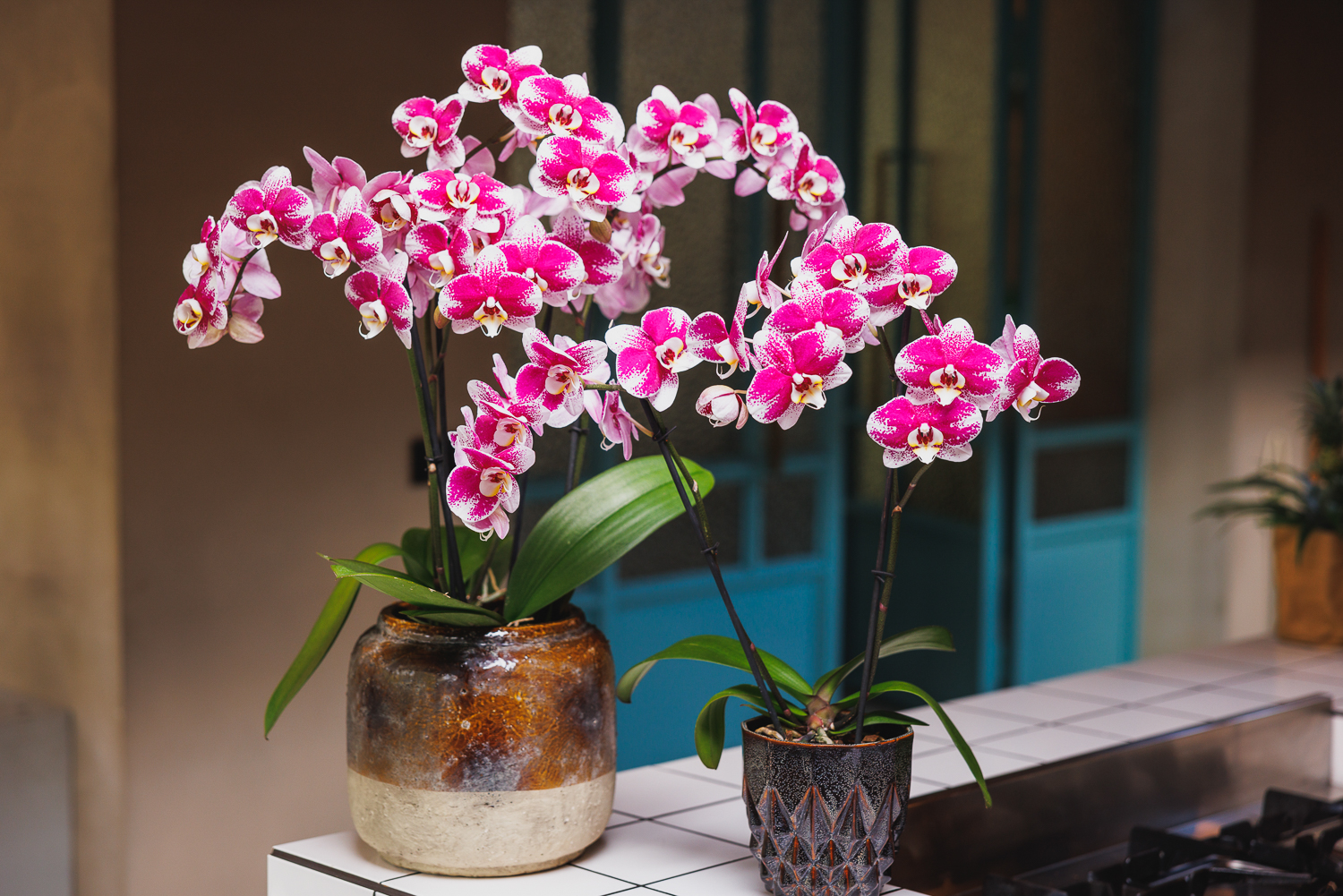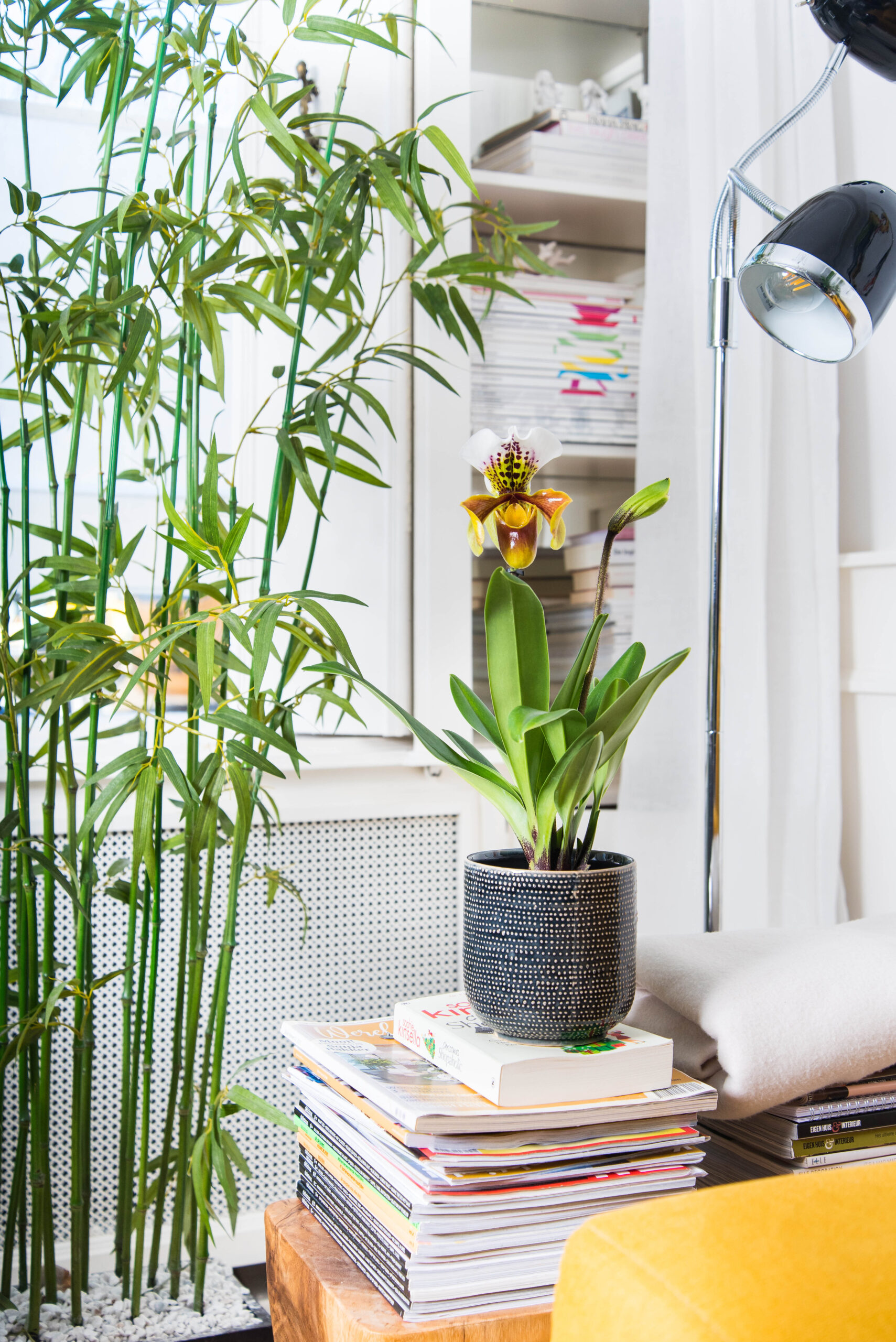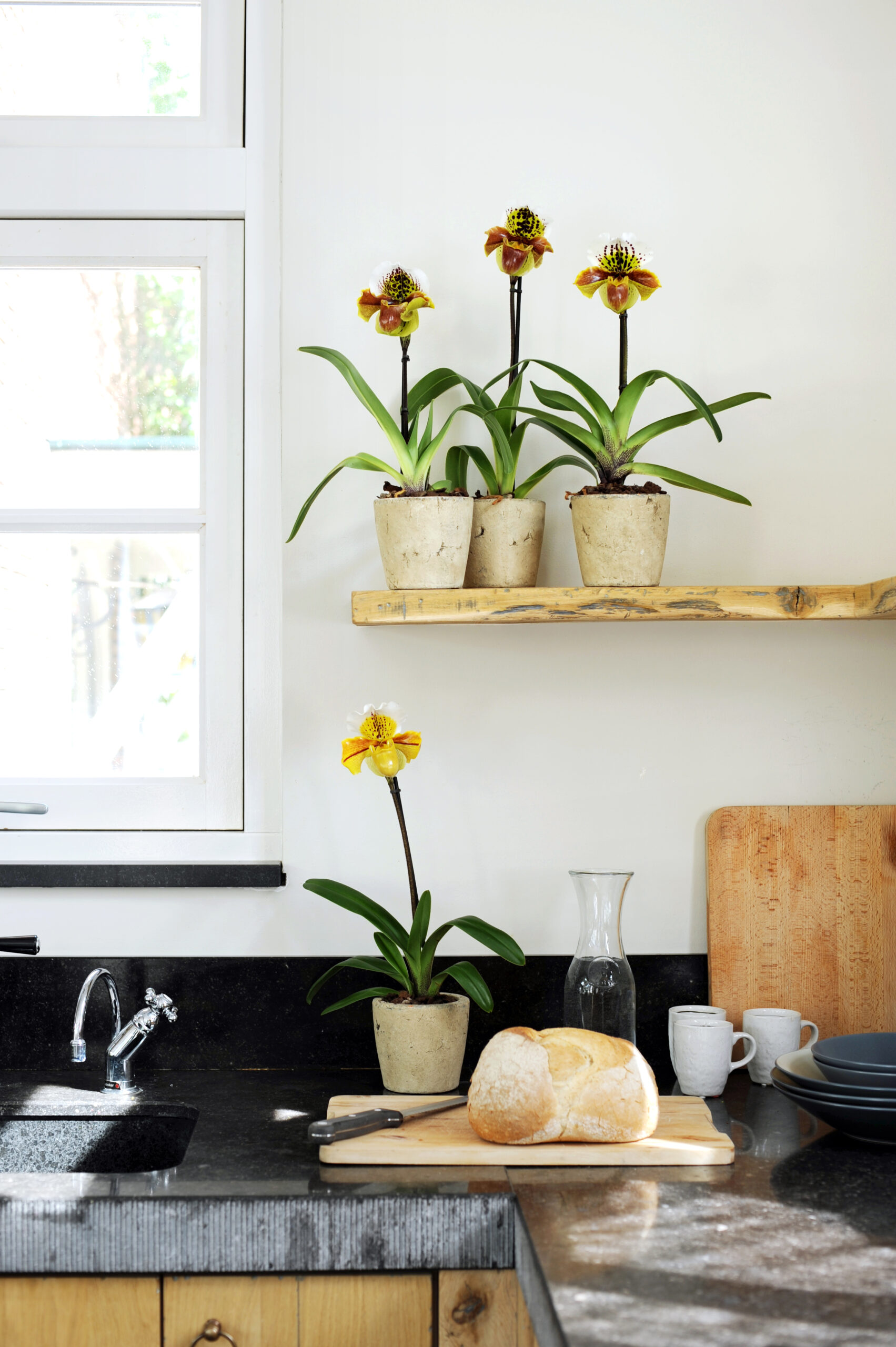Create a summer table with orchids
Summer is the perfect season to enjoy long, leisurely dinners. A beautiful table setting can make these summer evenings extra special. Orchids, with their elegant and exotic appearance, are ideal for creating a stylish table decoration. Read on for ideas and tips to create a summer table with orchids!
Also read: Holding onto summer with tropical orchids
Create a summer table with orchids
Choose a colour palette
Start by selecting a colour palette. A well-thought-out colour scheme can significantly enhance the ambiance of your table setting. Orchids come in a wide range of colours, from soft pastels to vibrant hues. Combine white and pink orchids for a romantic and delicate look, or choose bright orchids like orange and yellow for a lively and energetic atmosphere. Coordinate the dinnerware, table runner, placemats, and napkins with the colours of the orchids for a harmonious look.
Select various types of orchids
Choose several types of orchids that match the colour palette and style of the table. There are many different kinds of orchids, each with its unique charm. Phalaenopsis, also known as the moth orchid, is a popular choice due to its graceful flowers and long blooming period. The uniquely shaped Cattleya, makes for a beautiful eye-catcher on the table.
Add extra accessories
Complete your summer table setting by adding accessories that complement the orchids. Think of beautiful candles in matching colours, gold cutlery, and napkin rings. Use natural materials like woven placemats and linen napkins to create a warm and inviting atmosphere.

For more information and inspiration, take a look at:
- Instagram: www.instagram.com/orchidsinfo
- TikTok: www.tiktok.com/@orchidsinfo
- Facebook: www.facebook.com/orchidsinfo
- Youtube: www.youtube.com/orchideenederland
- Pinterest: www.pinterest.com/orchidsinfo










